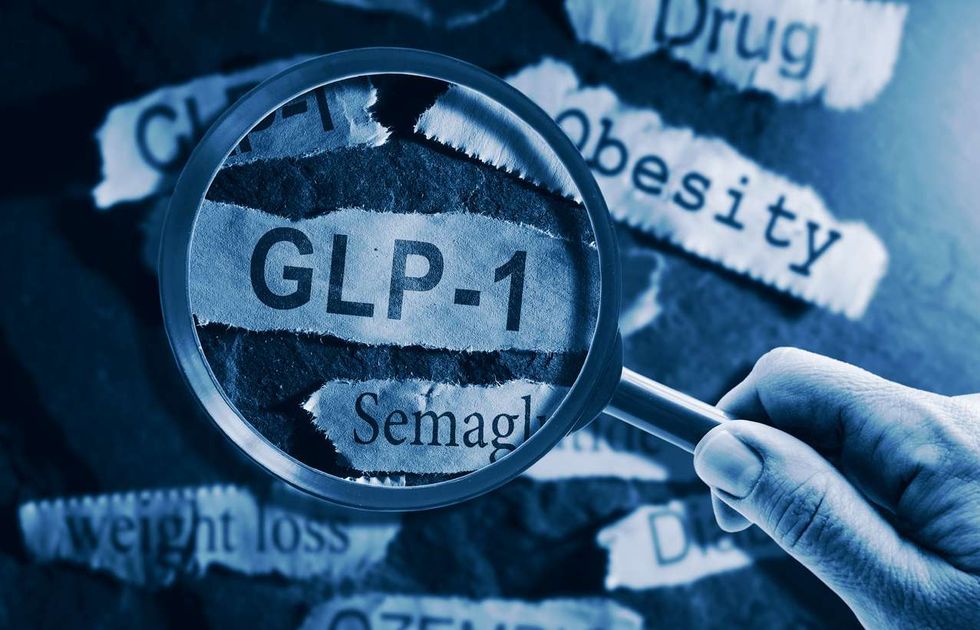IN RECENT years there has been a rise in older women dating or getting married to younger men, with the most high-profile example being the recent wedding of Priyanka
Chopra and Nick Jonas.
The A-list actress isn’t the first Bollywood star to find love in the arms of a younger man and certainly won’t be the last.
Eastern Eye looked at some famous women in Bollywood who have dated or got married to
younger men.
Sushmita Sen: The unlucky in love beauty queen-turned-actress has had a string of failed relationships. Recently the 43-year-old found love again with model Rohman Shawl,
who is reportedly 15 years younger than her. The two of them haven’t hidden their love for one another and they have displayed plenty of affection on social media. The actress
confirmed the relationship but said marriage is not on the cards yet.
Priyanka Chopra: The 36-year-old found love in the arms of 26-yearold singer/songwriter Nick Jonas during one of her many trips to America, where she was acting in films and television serial Quantico. The 10-year age gap didn’t stop the couple from having a whirlwind romance and grand wedding in India at the end of last year, which generated
news headlines all over the world. They have been showering social media with loved up photos since then.
Malaika Arora: The model and highly rated Bollywood item girl was still in her early twenties when she got married to actor Arbaaz Khan in 1998 and the couple had a son in
2002, but they got officially divorced in 2017. The 43-year-old has found love again with 33-year-old actor Arjun Kapoor and there have been strong talks of marriage, which the
couple hasn’t commented on yet.
Preity Zinta: The actress was linked to a number of high-profile stars before she seriously started dating older tycoon Ness Wadia. Then after breaking up with the successful
businessman, she found love with younger entrepreneur American Gene Goodenough and married him in 2016. There have been various reports about how much younger Gene is to 43-year-old Bollywood star.
Farah Khan: The ace choreographer-turned-filmmaker found love while directing her debut film Main Hoon Na with editor Shirish Kunder, who was eight years younger than her. The age gap didn’t stop them from getting married in 2004 and then four years later she gave birth to triplets.
Soha Ali Khan: The 40-year-old actress met her actor husband Kunal Khemu on the sets of their 2009 film Dhoondte Reh Jaaoge and after a whirlwind romance sparked up a relationship despite him being five years younger. After living together they got married in 2015 and today they are proud parents to a baby girl.
Urmila Matondkar: The actress was unlucky in love for the longest time and then finally found love outside the film industry with Kashmiri businessman and model, Mohsin Akhtar
Mir, who is reportedly nine years younger than her. The two of them tied the knot at a private ceremony in 2016 and remain happily married.
Aishwarya Rai Bachchan: The actress had turbulent relationships with Salman Khan and Vivek Oberoi. Meanwhile Abhishek Bachchan was left heartbroken after his engagement
to Karisma Kapoor, who was two years older than him, ended. Aishwarya had developed a strong friendship with three years younger Abhishek before they finally fell in love and got married in 2007. The star couple became proud parents to a baby girl in 2012 and remain happily married.
Amrita Singh: The actress was hugely famous when she met freshfaced newcomer Saif Ali Khan and converted to Islam to marry him in 1991, even though he was 12 years
younger than her. After 13 years of marriage and having two children together, the star couple got divorced in 2004. Then in 2012 Saif Ali Khan found love again and married
Kareena Kapoor, who is 10 years younger than him.
Bipasha Basu: The actress was left heartbroken after her long-term relationship with John Abraham ended. She then found love again with actor Karan Singh Grover, who was
three years younger and twice divorced. The loved-up couple didn’t let the age gap stop them from tying the knot in 2016 and remain happily married.
Neha Dhupia: The actress was pregnant when she married Angad Bedi, who is two years younger than her in 2018 and described him as her best friend. The two had a Sikh wedding at a Gurudwara in Delhi. Six months later they became parents to a baby
girl and named her Mehr Dhupia Bedi. Both remain happily marriedand have ignored trolls online who pointed out the age gap. Neha said it was the best decision of her life.





 Novo Nordisk launches Ozempic in India as diabetes cases climb Getty Images
Novo Nordisk launches Ozempic in India as diabetes cases climb Getty Images  Ozempic weekly pens now available in India for type 2 diabetesiStock
Ozempic weekly pens now available in India for type 2 diabetesiStock  India gets Ozempic as obesity and diabetes numbers riseiStock
India gets Ozempic as obesity and diabetes numbers riseiStock  Doctors say Ozempic helps blood sugar and weight management in adultsiStock
Doctors say Ozempic helps blood sugar and weight management in adultsiStock





